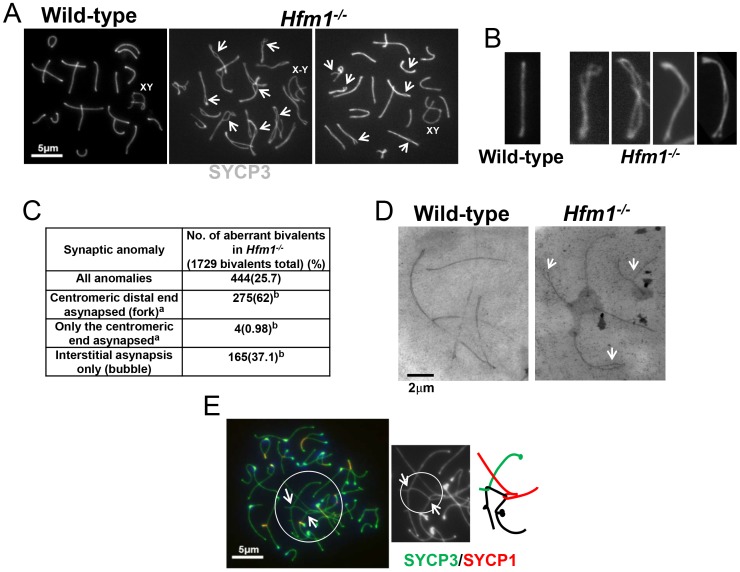Figure 7. Homologous chromosomes pair normally and achieve initial synapsis in Hfm1−/− spermatocytes.
(a) Immunostaining of SYCP3 in wild-type and Hfm1−/− spermatocytes. Examples of pachytene-like spermatocytes are shown. Arrows mark sites of synaptic defects. XY and X-Y indicate positions of tightly and loosely associated sex chromosomes, respectively. (b) Magnified chromosomes show details of synaptic defects. (c) Quantification of synaptic anomalies in meiotic chromosomes of Hfm1−/− spermatocytes. a - Irrespective of whether interstitial asynapsis was also present. b - % calculated with respect to total chromosomes displaying anomalies. (d) Electron microscopy of silver stained pachytene-like spermatocytes. Arrows mark sites of synaptic defects. (e) Example of tangled chromosomes in diplotene Hfm1−/− spermatocytes. Arrows indicate sites of entangled chromosome axes. Magnification bar represents 5 µm.

